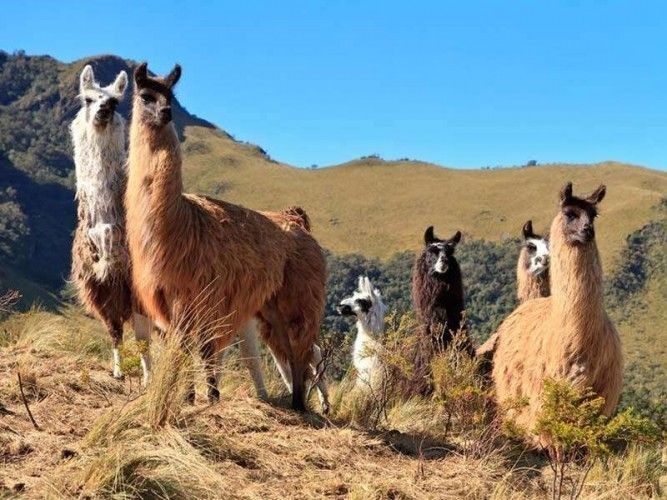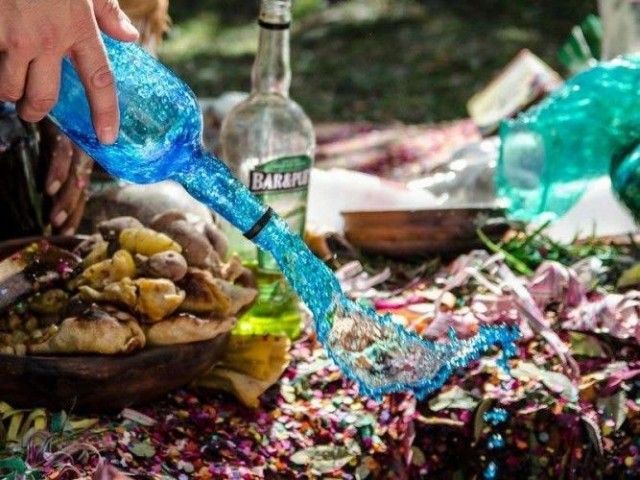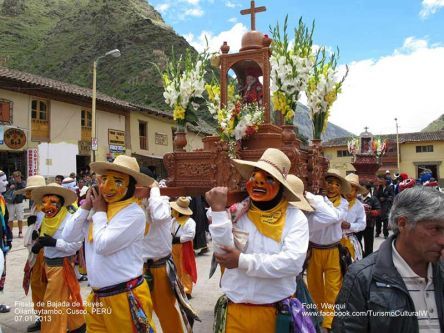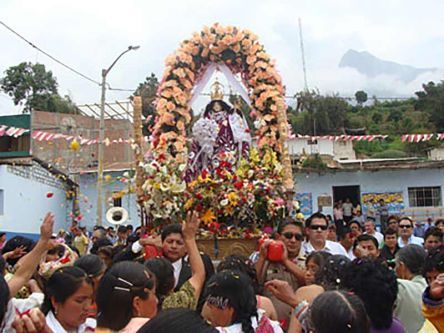On August 1, Peru and here especially the southern highland regions of the country celebrate National Alpaca Day focusing on the small, fluffy camelid, honoring the challenging work of generations of Alpaca breeders and promoting the consumption and usage of Alpaca products.
Like Machu Picchu, Ceviche and Pisco, Alpacas are typical Peruvian and a source of national pride. The South American camelids were domesticated in the Andean highlands thousands of years ago and already then specifically bred for their meat and soft and warm fiber.
Today, well over 80% of the worldwide Alpaca population grazes on meadows in the Peruvian highlands; from these about two-thirds in the regions of Puno, Cusco and Arequipa and most of the rest in the Huancavelica and Ayacucho area.
Peru is the world’s leading producer of alpaca fiber, so no wonder that Alpacas play an important role in the southern Peruvian highlands and are a much-needed source of income for the locals.
And to honor the hard work of generations of Alpaca breeders, to promote the consumption and usage of Alpaca products, to exchange breeding techniques and to celebrate the camelid that is closely related to the Vicuña, which most probably is the wild ancestor of domesticated alpacas, the Alpaca has its very own national day.
Celebrations are most enthusiastic in the city of Puno and in Macusani, a small town about 250 km (155 miles) north of Puno, which is known as the “Alpaca capital of Peru”.
The festivities include Alpaca parades and competitions, traditional music, dances and rituals, exhibitions, wool spinning competitions, traditional food and drinks and often ceremonies in honor of Pachamama - the 1st of August as well is Pachamama (Mother Earth) Day in Peru. Here you can find more information.































